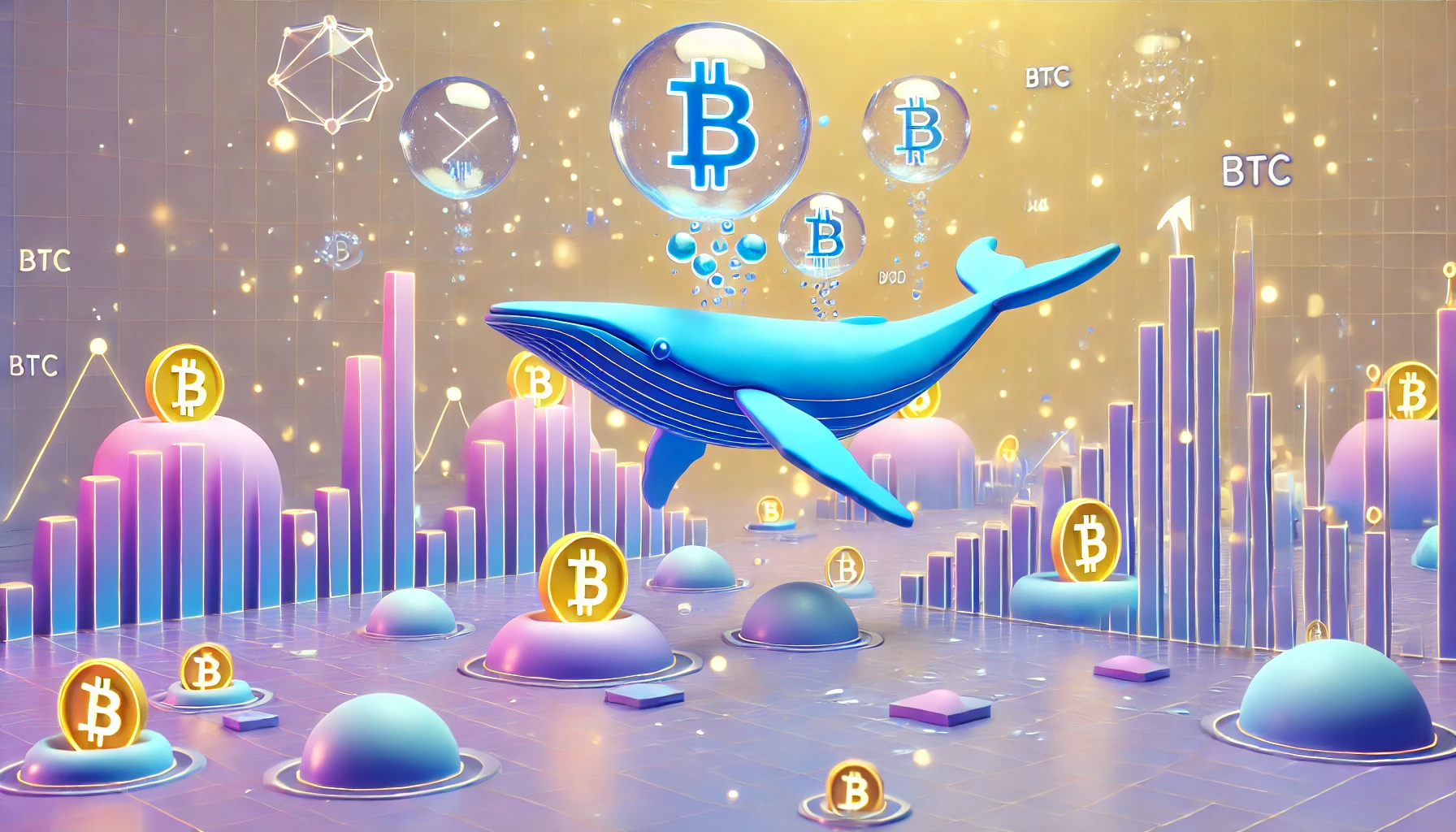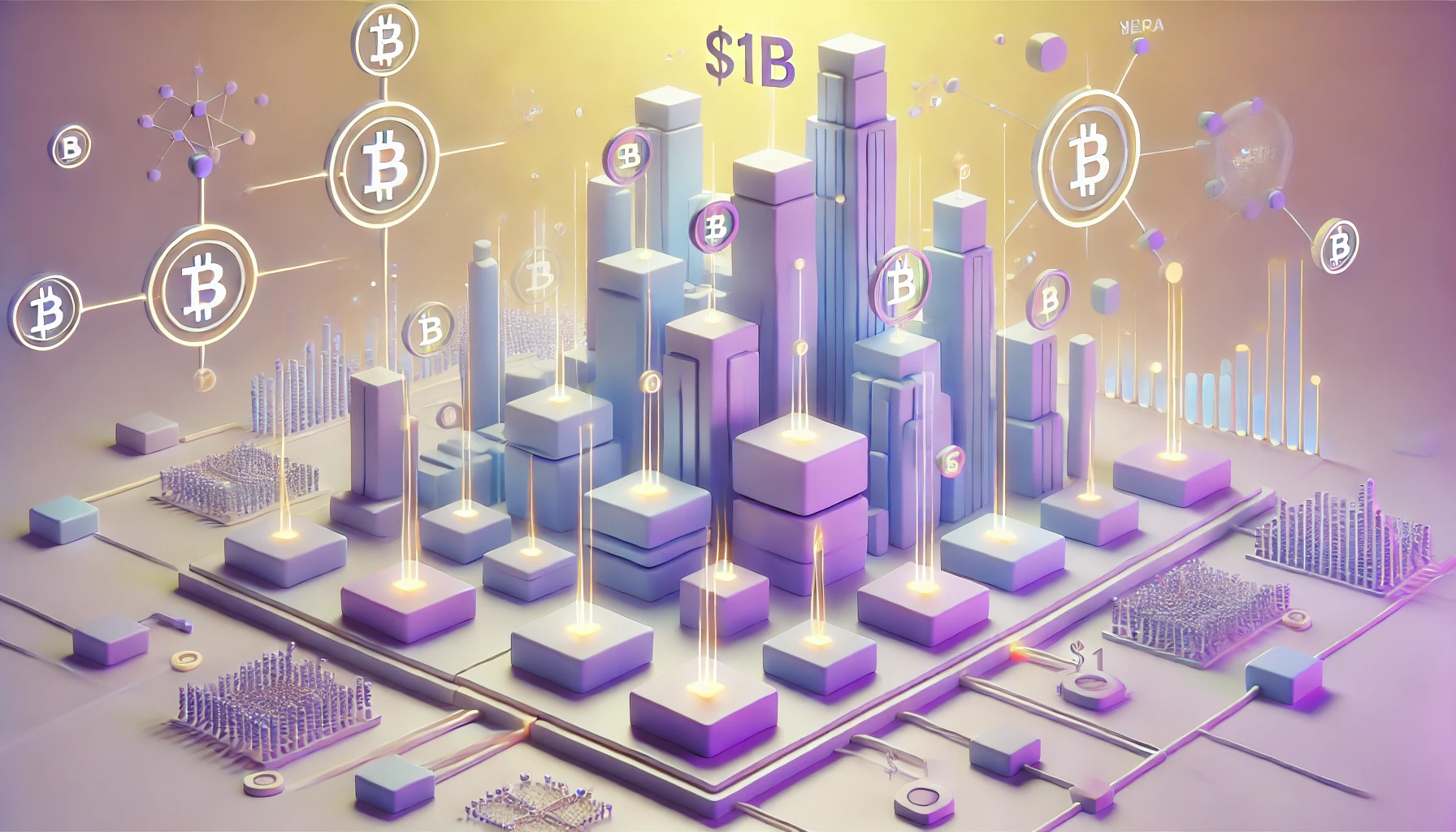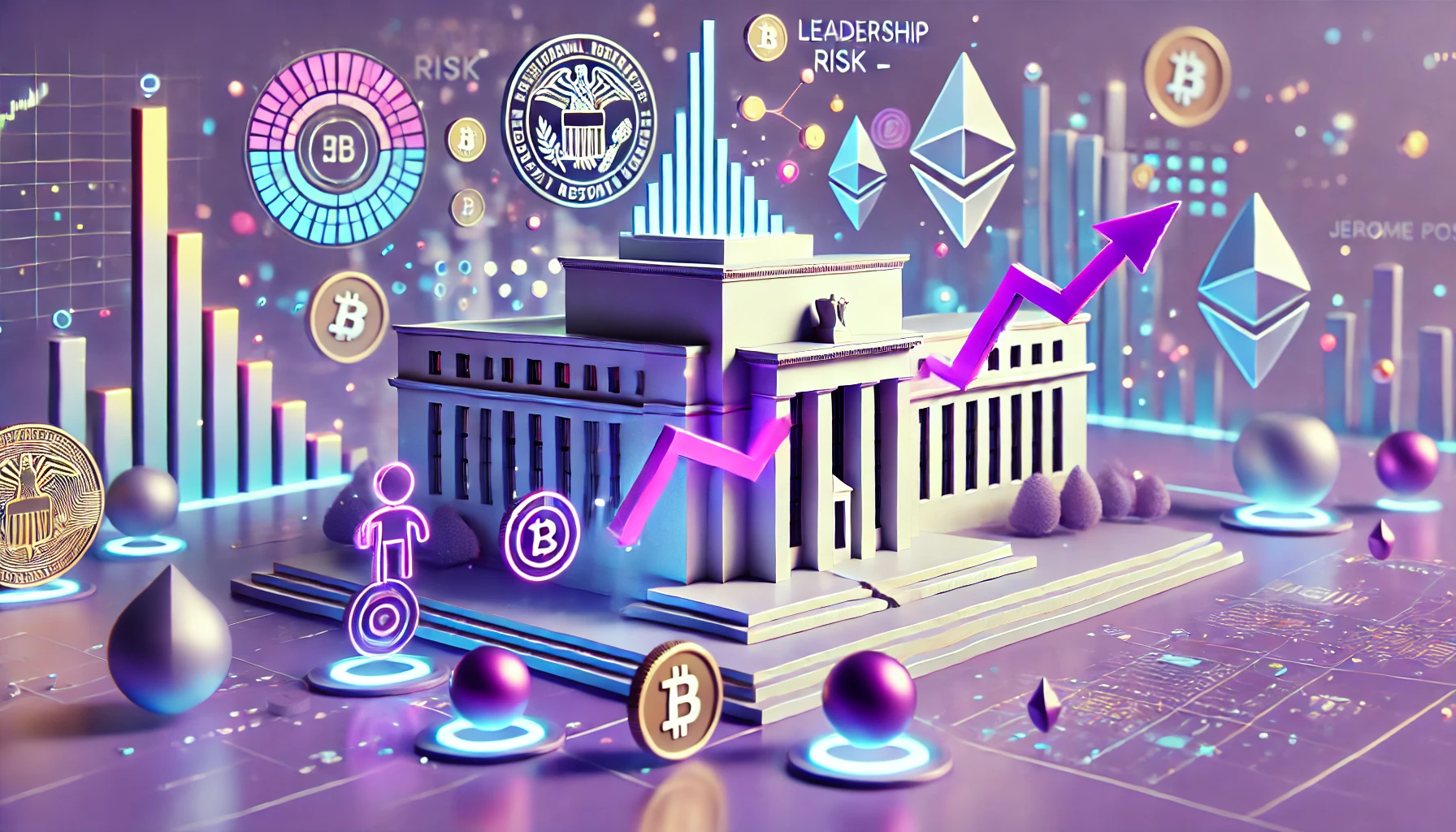Crypto-art work sold for $70 million
On 11 March 2021, American crypto-art artist Beeple sold his work “Everydays: The First 5,000 days” for almost $70 million to Christie’s, an international auction house.
Beeple, whose real name is Mike Winkelmann, becomes the 3rd most expensive living artist in the world. This work is a collage of 5,000 images, each representing a day. It was sold to the famous auction house as an NFT, or non-fungible token, using blockchain technology.
Crypto-art: Everydays: The First 5000 Days, Beeple
Source
The NFT, used to sell crypto-art
The NFT is a digital coin certified by the blockchain, which gives title to a video, image, sound or tweet. A first example is the Colored Coin described by the bitcoin.fr website as follows:
Imagine, for example, taking a five-euro note and putting a stamp on it saying: “This note is a share in such and such a company”. Now the note can be used for two things: it is both a banknote and now also a share certificate.
Blockchain technology
Blockchain is a set of technologies used for cryptocurrencies. It is a grouping of transactions by block, which are not stored in a central server, but duplicated on numerous servers. These are managed by a community and automated algorithms that update them. This technology makes it possible to exchange and store values without having to go through a trusted third party. This unfalsifiable process is unfalsifiable because all the parties involved verify the transactions.
The non-fungible token
Based on this principle, we can say that unlike cryptocurrencies such as Bitcoin, the non-fungible token is a unique, non-fungible object. The best example of a fungible object is currency, which has a certain divisible value. For example, there are many 1 euro coins, which can be exchanged or divided. Cryptocurrencies work in the same way.
The NFT, like a physical object, is strictly unique. It operates on top of a blockchain and uses a programme inserted into the blockchain to create new tokens. Ethereum is the blockchain that has enabled the meteoric rise of this technique for selling crypto-art, since it offers the possibility of creating programmes from its blockchain.
With this process, in 2017, cryptokitties appeared, a DApp from the Ethereum blockchain, allowing users to buy and collect cats with a particular DNA signature. Users could then breed them to obtain new cats with their own particular characteristics. Here we see the beginnings of a desire for uniqueness and collection on the part of the Ethereum community.
NFT: the future of digital art or a speculative bubble?
This new technique opens up a wider range of possibilities. Ownership of these digital works can be proven without the need for a trusted third party to host the title. Having freed money from centralised intermediaries, it is now art that is moving towards independence through digital technology.
This medium offers a new lease of life for digital art, which has struggled to emerge in recent years. Between late 2020 and early 2021, 1.5 billion dollars were invested in crypto-art.
The reasons for the new craze for crypto-art
Crypto-art began to gain momentum around 4 years ago. But it’s only very recently that this new craze has taken on such significance. There are a few reasons for this crypto-art craze:
With the year 2020 and the health crisis, we are seeing an acceleration in hyper-digitisation in all areas, whether professional, domestic, cultural, artistic, etc.
The success of NFTs has begun to affect celebrities and big names like Elon Musk. But it has also gone beyond the limits of the internet to finally enthrall the media.
The confidence shown by major companies such as Christie’s auction house is driving artists and investors to turn to this new process.
The rise in cryptocurrency prices has also had a hand in this. Already in 2017, crypto-art appeared after a rise in the value of digital currencies. Again at the start of this year, cryptocurrencies, following the mighty Bitcoin, are making an impressive price surge in share prices. As a result, the cryptocurrency community is acquiring more liquidity and can therefore invest in innovations to the system such as crypto-art.
The generations investing in cryptocurrencies today are used to consuming digital products (films, books, music). They have therefore already taken the first step in this new digital consumption and place value on this digital art.
The value of crypto-art
In view of all these reasons, we can identify 3 examples of investors in digital art:
The usual cryptocurrency investors who have a strong commitment to the community. They want to participate in the innovation of the system and show that art can be digital.
Short-term speculative investors aim to resell crypto-artworks after their price has risen.
Long-term speculative investors aim, for example, to build an NFT collection, like the buyer of Mike Winkelmann’s work.
The NFT token represents a digital object in the same way as in video games, where they entitle the player to rewards, tickets to events and so on. So the NFT principle of crypto-art offers property rights that are more extensive and decentralised than a traditional property certificate. The biggest advantage is that it dispenses with the need for a trusted third party and therefore intermediary costs.
However, there are many problems of ownership in the digital world, the biggest being the use of a work by someone other than its owner. With NFT, the owner owns the work while allowing it to be visited in virtual museums. They can even receive the proceeds of these visits. However, all crypto-art productions can be consumed by others through copies, without any financial loss to the owner. Added to these advantages is the programmable nature of the process and the interoperability enabled by blockchains such as Ethereum. As a result, anyone can create access using these tokens, and this right can be used, for example, to meet the artist or get a discount on certain purchases.
Examples of crypto-artists
Charles Giulioli, a digital artist since 2003, has designed an image creation programme, “L’œuvre sans fin”. This programme produces works in the form of digital prints and interactive multimedia installations. In 2021, he is moving into the field of crypto-art with three works on OpenSea. These include his work “Lignes sans calcul”, depicting multicoloured loops composed on screen. He sells them for 0.80 to 1.29 Ether and the buyer receives the physical work, flashed onto aluminium foil.
Crypto-art: Lines without calculation, Charles Giulioli
Source
Kamel Mennour has commissioned a work entitled Portraying from the Obvious collective, three young French artists. These three portraits take up classic figures from painting and use digital technology to play with aspects of that painting. The approach is designed to show that cryto-art is not intended to be opposed to classical art. This work is on sale until 22 April on the specialist platform SuperRare.
Crypto-art: Portraying, Obvious
Source
Interviewed by France Culture, Rodolphe Barsikian gives his views on crypto-art and justifies his choice to sell his works in NFT. He discusses the different fields of application opened up by these new computer-generated image techniques. These include collage with Photoshop, digital photography and vector art, which he practices himself. He has chosen to transform his originally digital works so that they can be exhibited in a museum. He wants to be able to show these new techniques to a less connected public. The artist has also decided to market certain works in NFT in order to participate in this new movement. In effect, he wants to offer the ability to own digital works. But above all, he wants to shine a light on this art form that is not seen for what it is, and establish his work and his position as a digital artist. His exhibition “Vie digitale” runs at the Galerie Joseph in Paris until 30 April 2021.
Crypto-art: Digital life, Rodolphe Barsikian
Source
Finally, on Tuesday 4 May 2021 at the Hôtel des ventes Drouot, Millon is preparing the first sale of NFT art. Around fifteen NFTs by digital artists, street art stars in digital transition or emerging artists in Ethereum will be sold using blockchain technology. Buyers will receive a digital certificate of authenticity that is immutable and unalterable. For example, the work Flames, by Oelhan, is estimated at €5,000 to €7,000.
Crypto-art: Flames, Oelhan
Source
Conclusion
This new boom in crypto-art may well put an end to the dualism between the real world and the digital world. At least, that’s what the artists we’ve seen in this article are hoping for. Ultimately, the crypto-art approach will enable new independent artists to gain recognition. This recognition can be achieved without centralising intermediaries imposing their margins or criteria.














